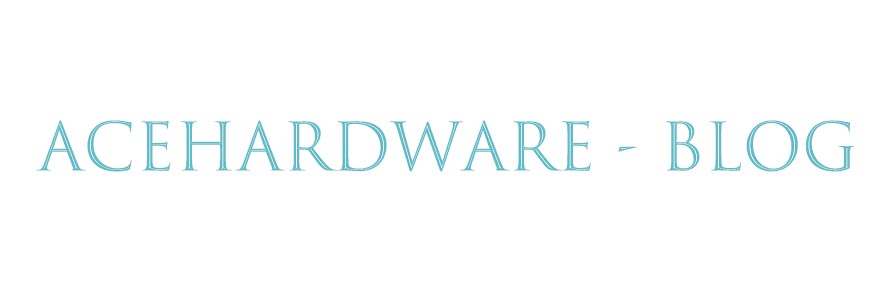Hardfacing Techniques: Covering vs. Overlay – Which is Better?
Feb. 18, 2025
Hardfacing is an essential process used to enhance the durability and longevity of various industrial components. Whether you're in maintenance, manufacturing, or construction, understanding the different hardfacing techniques can make a significant difference in how you approach equipment repair and longevity. In this article, we’ll delve into two primary methods: covering and overlay hardfacing. We’ll explore their respective advantages, disadvantages, and applications to help you decide which method suits your needs best.
If you want to learn more, please visit our website hardfacing techniques.
What is Hardfacing?
Before diving into specifics, let’s clarify what hardfacing is. Essentially, hardfacing is a welding process that involves applying a layer of hard material to a component’s surface. This is done to resist wear, impact, and erosion, extending the life of machinery and tools. Hardfacing can be applied through various techniques, but primarily, it can be categorized into covering and overlay methods.
Covering Hardfacing: A Deeper Approach
Definition and Process
Covering hardfacing involves applying a hardfacing material to a workpiece, often in a way that covers its entire surface. The main goal here is to protect the base material from wear and tear. The hardfacing material is typically alloyed with iron or steel and can include elements like tungsten, chromium, or nickel that enhance its wear resistance.
Advantages of Covering Hardfacing
Complete Protection: Since the entire surface is coated, this method provides comprehensive protection against wear and corrosion, which is critical for components subjected to severe conditions.
Enhanced Durability: These components tend to have a longer lifecycle due to the robust hardfacing material used. This can lead to lower maintenance costs over time.
Versatility in Applications: Covering hardfacing can be applied to a range of items, from bucket shovels to grinding rollers, making it a popular choice in heavy industries.
Disadvantages of Covering Hardfacing
Cost Implications: The initial investment required for covering hardfacing can be higher due to the extensive material used and the labor involved.
Weight Considerations: The additional weight of the hardfaced material may not be suitable for all applications, especially in weight-sensitive equipment.
Risk of Cracking: If not applied correctly, the hardfacing layer can be susceptible to cracking, which could lead to premature failure.
Overlay Hardfacing: A Protective Layer
Definition and Process
Overlay hardfacing, on the other hand, refers to the application of a hard layer over select areas of a workpiece rather than covering the entire surface. This technique focuses on specific areas prone to wear, allowing for a more strategic approach in protecting high-stress components.
Advantages of Overlay Hardfacing
Selective Reinforcement: By targeting only high-wear areas, overlay hardfacing conserves material and keeps costs down while still providing necessary protection.
Reduced Weight: Since only a portion of the surface is reinforced, the components remain lighter. This can be especially beneficial in applications where weight is a critical factor.
Lower Initial Costs: Typically, the costs associated with overlay hardfacing are lower than full covering, making it a more accessible option for many organizations.
Disadvantages of Overlay Hardfacing
Limited Coverage: While targeted areas are protected, other portions of the component remain vulnerable. This could lead to quicker degradation in unprotected areas.
Potential for Uneven Wear: If the hardfaced parts wear down unevenly, it can lead to operational issues, and the need for more frequent repairs or replacements may arise.
Skill Requirement: Overlay hardfacing requires a high skill level to ensure precision, making it necessary to work with experienced technicians.
Conclusion: Which Technique is Better?
The choice between covering and overlay hardfacing largely depends on several factors, including the specific application, budget constraints, and the condition of the components.
- If you are dealing with components that experience severe wear and require total protection, covering hardfacing is likely the superior option.
- Conversely, for applications where weight and costs are critical, and wear occurs in specific areas, overlay hardfacing might be the more effective solution.
Ultimately, both methods have their distinct advantages and are vital in extending the life of machinery in industrial settings. Assessing your specific needs will guide you in making the right choice for your hardfacing requirements. Whether you opt for covering or overlay, investing in hardfacing is a smart move toward enhancing the durability and performance of your equipment.
The company is the world’s best hard facing welding supplier. We are your one-stop shop for all needs. Our staff are highly-specialized and will help you find the product you need.
74
0
0
All Comments (0)
If you are interested in sending in a Guest Blogger Submission,welcome to write for us!


Comments